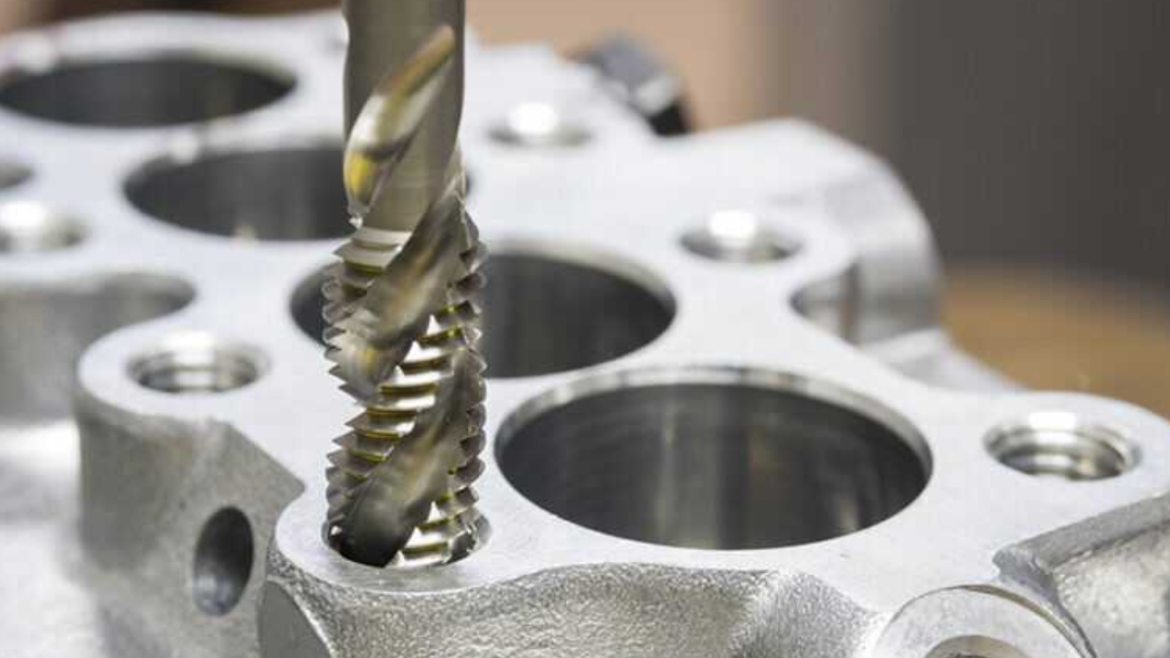The hammer and tooth of a grinder are examples of damaged parts due to the fact that they may be designed to face up to severe wear and tear in the course of the grinding system. For easy overall performance of the grinding operations, those additives are often composed of hardened metal or different wear-resistant substances.
The lifespan of a grinder may be appreciably extended by using expensive components. At JYF Equipment, they make exquisite grinder wear parts that surpass their client’s expectations with the use of the most current forging technology. Their professional engineers and technicians collaborate carefully with our clients to understand their specific wishes and specifications and expand wear components that fit or surpass their requirements.
How Can I Increase The Life Expectancy Of Grinder Wear Parts?
Because grinder put-on elements are frequently subjected to excessive stress for the duration of grinding operations, damage, put-on, and loss of functionality are all too commonplace. As a result, you ought to often hold them, so you may not regularly want to shop for new ones.
You have to frequently take a look for any inner dust or particles that could impact the performance of your grinder’s components and smooth them out if there are any. You could additionally use lubricants to resupply them if necessary.
To avoid capability breakdowns, you have to immediately replace any components that have cutting edges or surfaces that can be cracked, chipped, or showing signs and symptoms of excessive put-on. Most importantly, make sure you buy your grinder wear parts from legitimate providers like JYF Machinery. Poorly produced grinder components are a waste of time and resources that significantly slow down the development of your mission.
Maintenance Advice for Wear Parts In Wood Shredders and Grinders
Some of the most common maintenance tips for grinder wear parts are listed below:
Regular Inspection
Conduct ordinary inspections to search for wear, harm, or alignment troubles with the worn components. Take into account the screens, hammers, and blades/knives’ condition. To prevent further trouble and ensure top performance, any wear or damage has to be immediately repaired.
Replacement and Sharpening of Blades
Knives or blades need to be changed once they get dull, broken or sharpened on an ordinary basis. The effectiveness and pleasantness of the shredding procedure may be decreased by using dull blades. To ensure gold standard blade preservation, comply with the producer’s commands for polishing methods or search for expert help.
Hammer Maintenance
Take a look at hammers for signs like cracked or worn edges. To preserve grinding’s overall performance, replace damaged or worn hammers. Check hammer rods and bolts frequently for tightness and accurate alignment to preserve even wear distribution.
Screen Maintenance
To keep away from clogging and to maintain steady particle sizing, easy displays should be used frequently. Get rid of any buildup or particles that could prevent the movement of wood particles. To guarantee top-rated performance, test screens for signs and symptoms of wear and tear or damage and update them as necessary.
Lubrication
For lowering friction and limiting wear, the right lubrication of moving components is critical. To increase the life span of wear elements, adhere to the manufacturer’s recommended lubrication intervals and use the proper lubricants.
Operator Training
Make sure to properly educate personnel on how to function and maintain wooden grinders and shredders. To ensure the durability and effectiveness of the gadget and its positioned-on elements, inform them of the significance of habitual inspections, maintenance obligations, and secure management methods.
Conclusion
For the worn parts to function smoothly and last a long time, regular inspections, sprucing or changing blades, correct hammer and screen protection, lubrication, and operator schooling are crucial. You will make the most of extended production, value-effectiveness, and performance in your timber processing operations if you put the effort and time into proper renovation.
